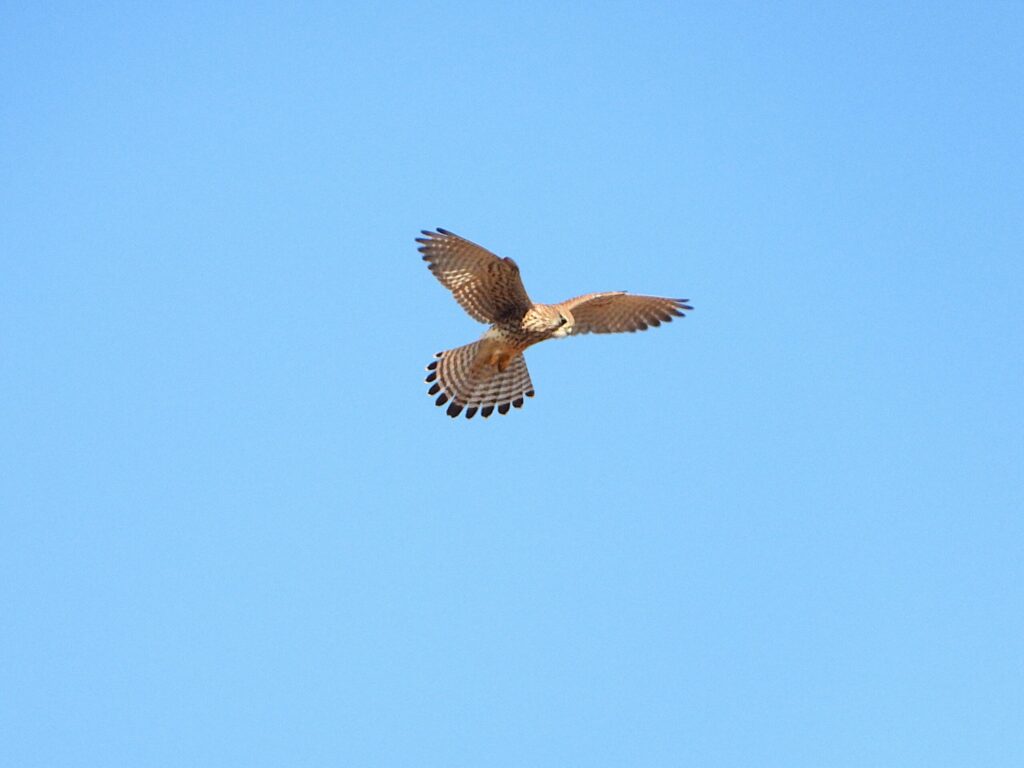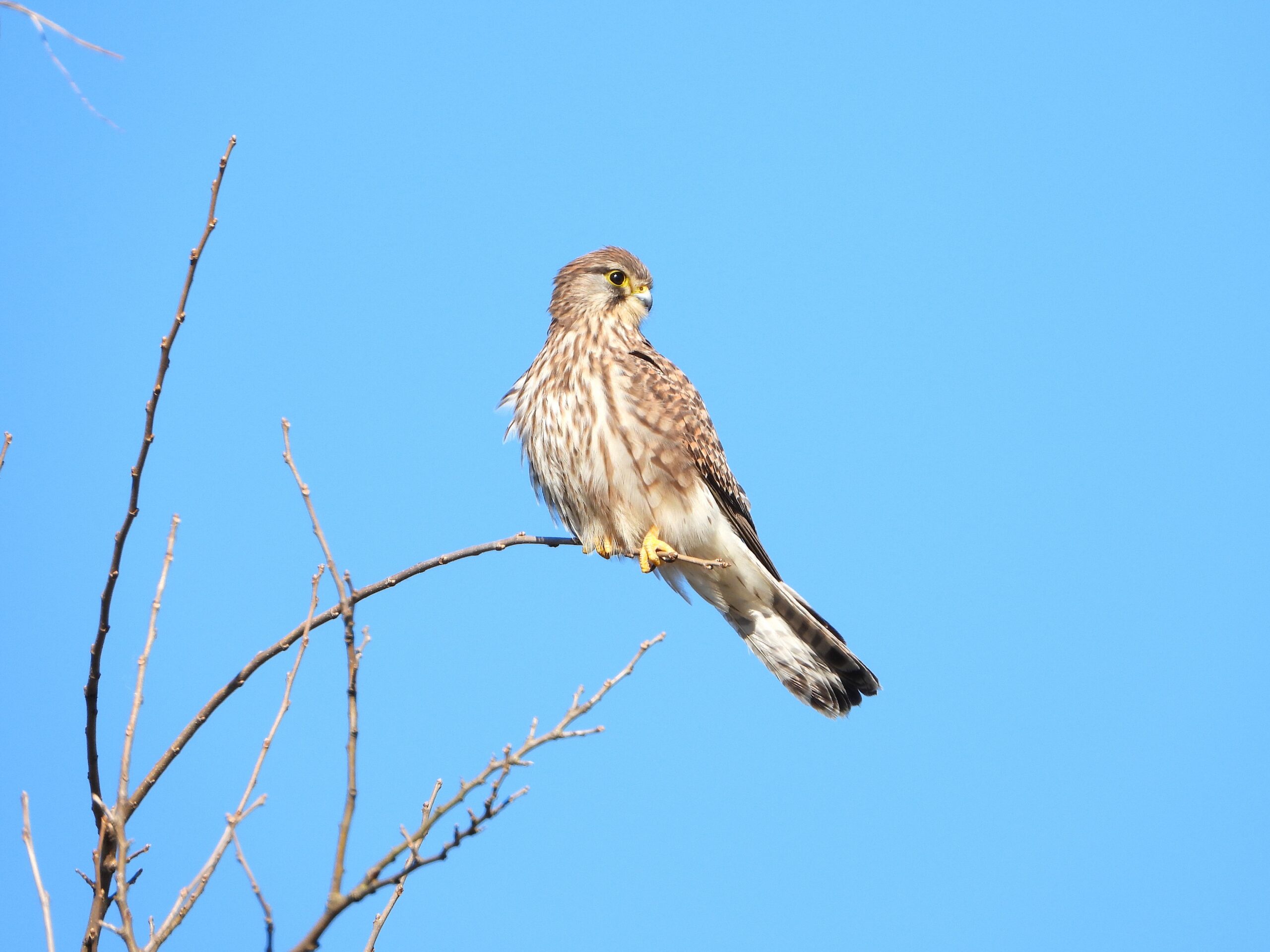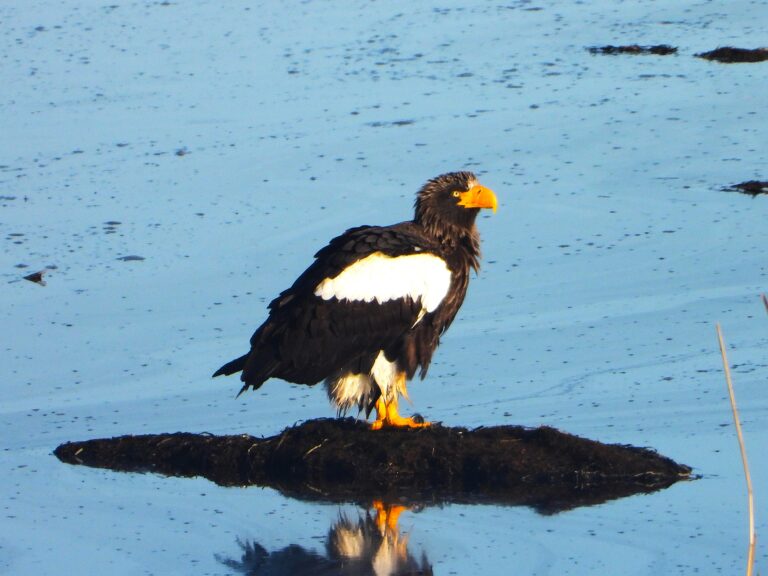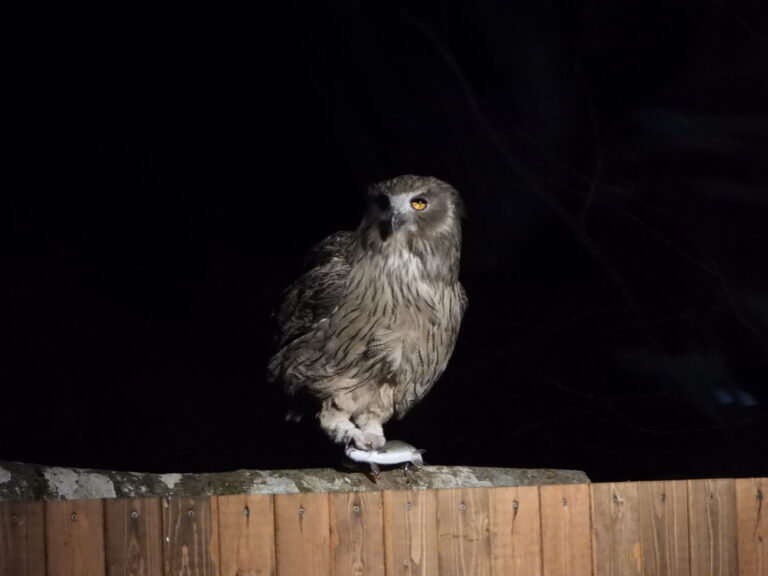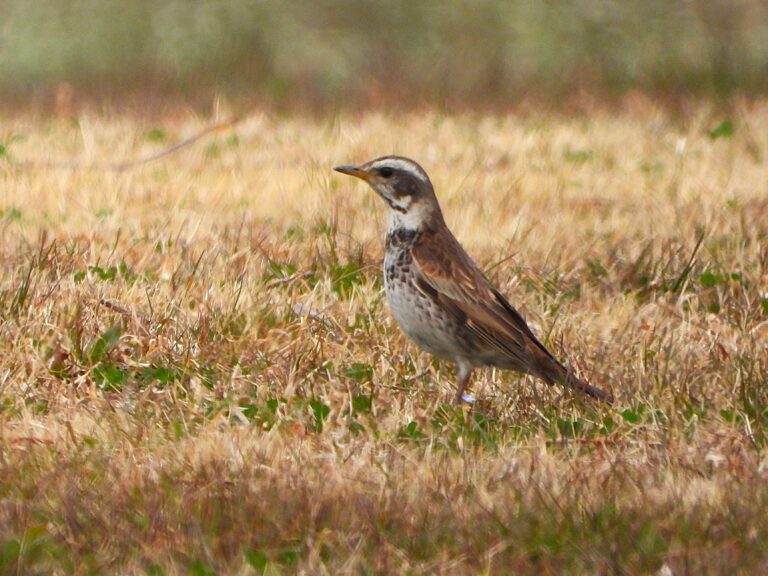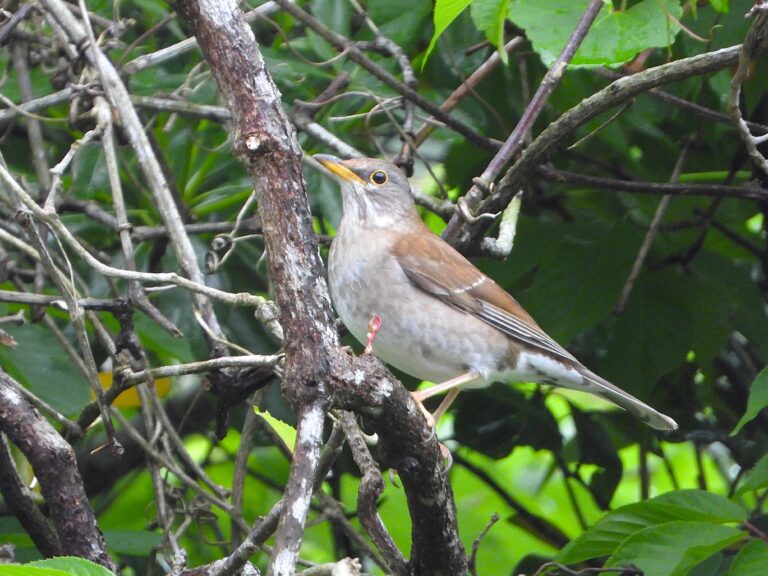Common Kestrel (Falco tinnunculus) – Wildlife of Japan
Introduction
The Common Kestrel (Falco tinnunculus) is a small falcon widely distributed across Europe, Asia, and Africa. In Japan, this agile raptor can be seen from Hokkaido to Kyushu, hovering above open fields and farmland in search of prey. Unlike larger hawks, the kestrel has adapted well to human environments, sometimes nesting on bridges or tall buildings. Its characteristic hovering flight makes it one of the most recognizable birds of prey in Japan.
Appearance
The Common Kestrel is roughly the size of a pigeon, measuring about 33 cm in males and 38 cm in females, with a wingspan of 68–76 cm.
- Male: Reddish-brown upperparts with black spots, grey head and tail, and a narrow black tail band.
- Female: Browner overall, with darker streaks and barring on the wings and back.
Both sexes have yellow legs, dark eyes, and a faint moustache stripe typical of falcons.
Habitat & Distribution
The Common Kestrel occurs nationwide in Japan, though confirmed breeding mainly takes place on Honshu. It inhabits open countryside, riverbeds, coastal plains, and even urban areas with suitable nesting sites. Traditional nesting habitats include cliff ledges and tree hollows, but in recent decades kestrels have also used bridges, buildings, and quarries.
Where to See in Japan
Common Kestrels can be observed across much of Japan’s open terrain. They are often seen hovering above rice fields, riverbanks, or grasslands, particularly in the Tohoku and Chubu regions. In winter, kestrels frequent flat agricultural plains where prey such as mice and grasshoppers are abundant. Urban birders may also find them on bridge girders or utility poles, especially at dawn and dusk when they are most active.
Behavior
Kestrels are famous for their hovering flight, during which they face into the wind and remain nearly stationary while scanning the ground for prey. They often hunt alone and perch on poles or trees to watch for movement below. Their call is a rapid “kee-kee-kee,” used during territory defense or alarm. Although generally solitary, pairs remain together during the breeding season and share hunting duties near the nest.
Diet
The Common Kestrel mainly feeds on small mammals such as field mice, along with insects like grasshoppers and beetles. It may also take small birds and reptiles when available. Hunting usually occurs from mid-morning to afternoon, using short glides and sudden dives from hovering flight.
Reproduction
Breeding occurs from March to June in Japan. Kestrels do not build their own nests; they occupy cliff cavities, abandoned crow nests, or human structures. The clutch consists of 3–6 eggs, which are incubated mainly by the female for about one month. Both parents feed the chicks until they fledge at around 30 days old.
Conservation
The Common Kestrel is not currently listed as threatened in Japan, but local populations have declined where open farmland and grasslands have been lost to urbanization. Conversely, kestrels have shown remarkable adaptability by using urban structures for nesting. Protecting grasslands and maintaining undisturbed nesting sites remain important for sustaining their numbers.
Author’s Impression
The Common Kestrel is a small bird of prey—slender and elegant—but when you look closely, it has an unexpectedly cute face. I often feel that contrast is what makes this species so charming. Try exploring farmlands and riverbanks across Japan; with a bit of patience, you might spot one hovering gracefully in search of prey.
